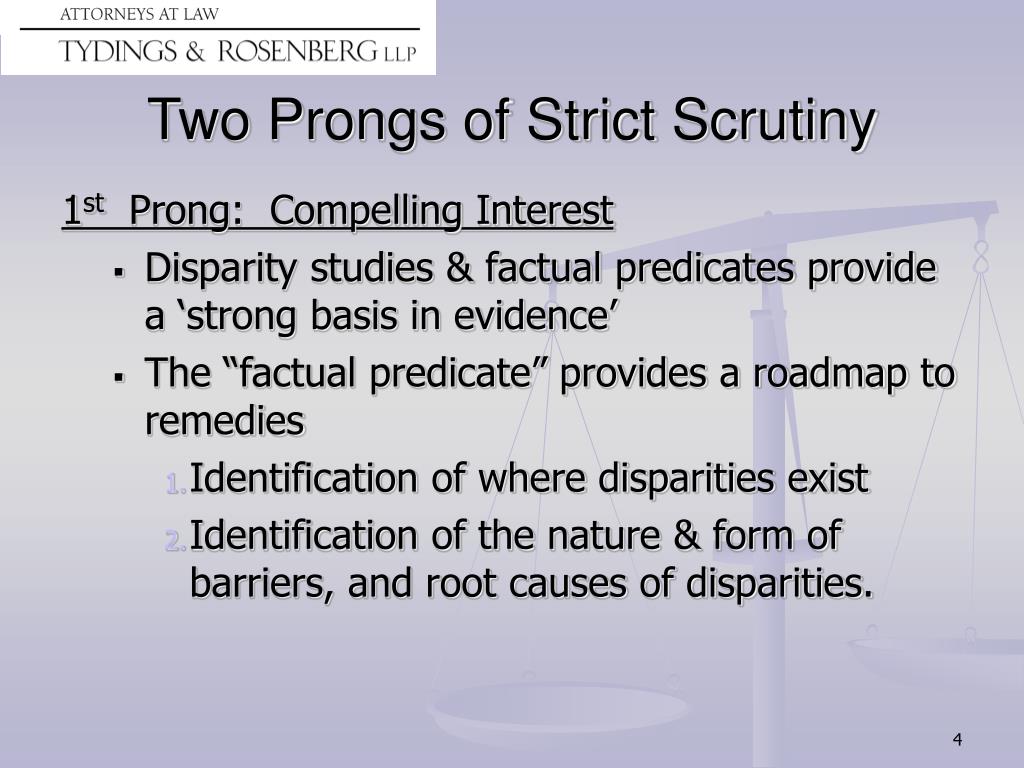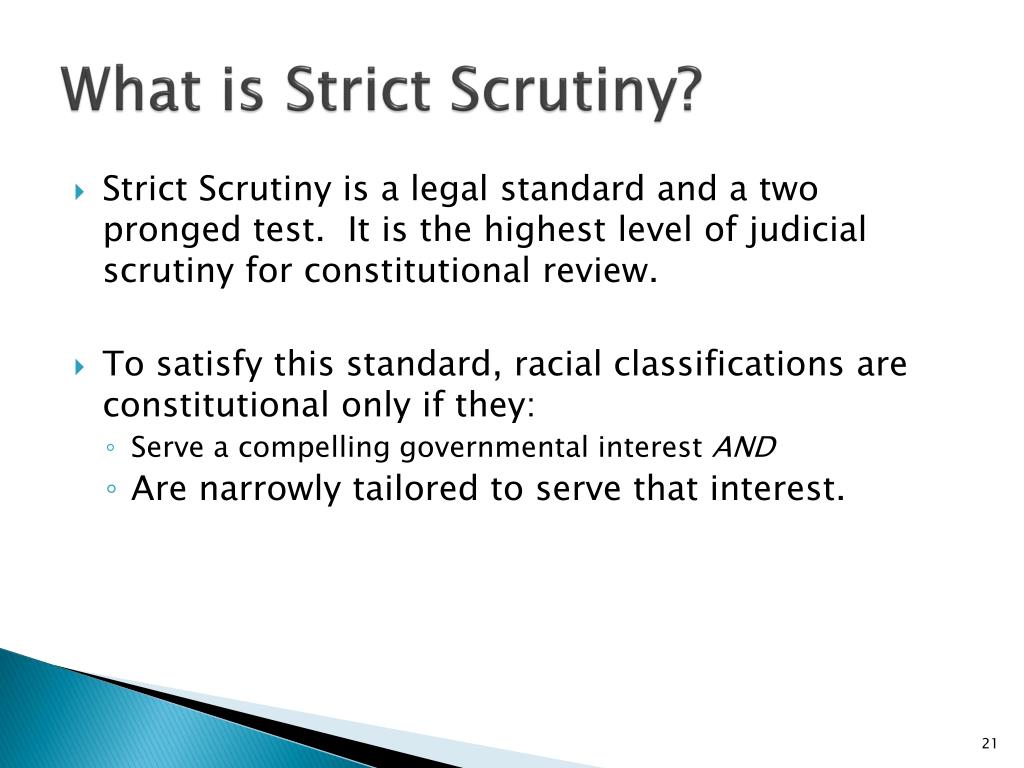

intermediate scrutiny, proportionality test, incorporated rights. However, because the Supreme Court never acknowledged that it was not applying the traditional intermediate scrutiny test, United States v. rights adjudication, strict scrutiny, fundamental rights, Masterpiece Cakeshop v. These levels are distinguished by the importance of the state interest or governmental objective.


The concurrence suggested laws might satisfy intermediate scrutiny if they regulate a subset of lies where specific harm is more likely to occur. While many have praised the Court's specific holding, disallowing VMI's practice of preventing female applicants from enrolling in the school, the Court's application of a new form of intermediate scrutiny may cause state and local governments to refrain from providing beneficial single-gender institutions or services. Thankfully, it has evolved to a now understandable classification of due process analysis. intermediate level of constitutional scrutiny. Applying intermediate scrutiny, the Court in United States v. The other levels are typically referred to as rational basis review (least rigorous) and strict scrutiny (most rigorous). The Court's apparent heightening of the level of scrutiny applied to gender-based classifications from the previously used intermediate scrutiny to an ambiguous standard either somewhere between the traditional intermediate scrutiny and strict scrutiny, or, in effect, a standard equivalent to strict scrutiny, will further inhibit legislatures from classifying or treating individuals differently based upon their gender. Strict scrutiny requires that the racial classification be justified by a compelling state. constitutional law, is the second level of deciding issues using judicial review. The Supreme Court held that the Virginia Military Institute (VMI) could no longer continue its male-only admissions policy as a state-funded institution of higher education. Such a law, however, can still be considered valid if the law is shown to accomplish a 'compelling. Virginia in June of 1996 was a landmark decision that could change how future courts approach and resolve gender-based equal protection claims. Strict scrutiny of a law is required when a law is determined to violate the Constitution. The Supreme Court's decision in the case of United States v.


 0 kommentar(er)
0 kommentar(er)
